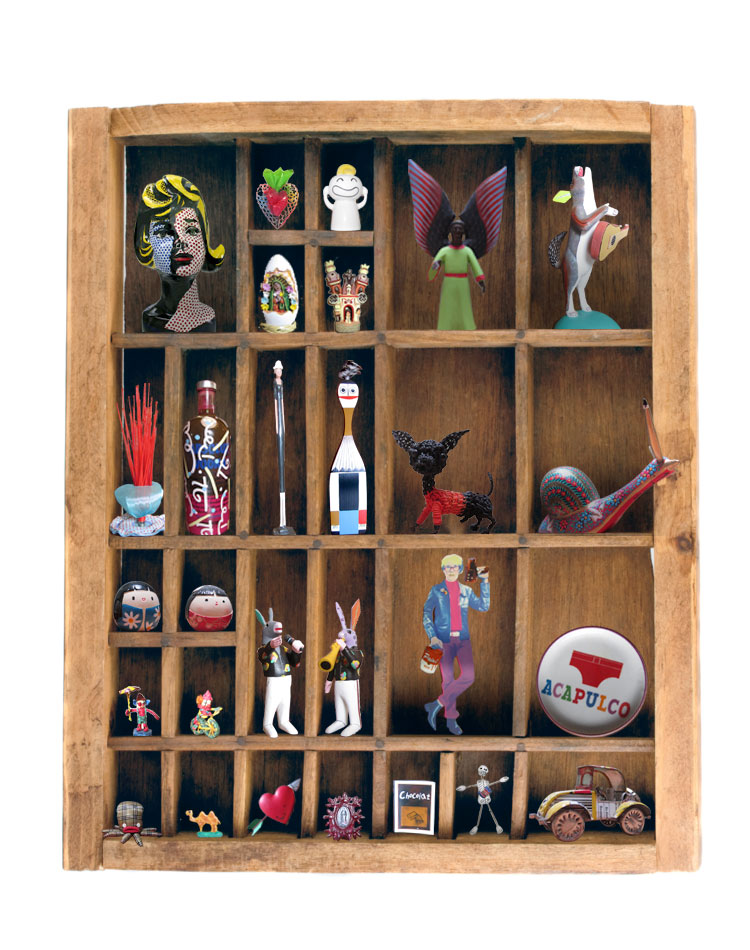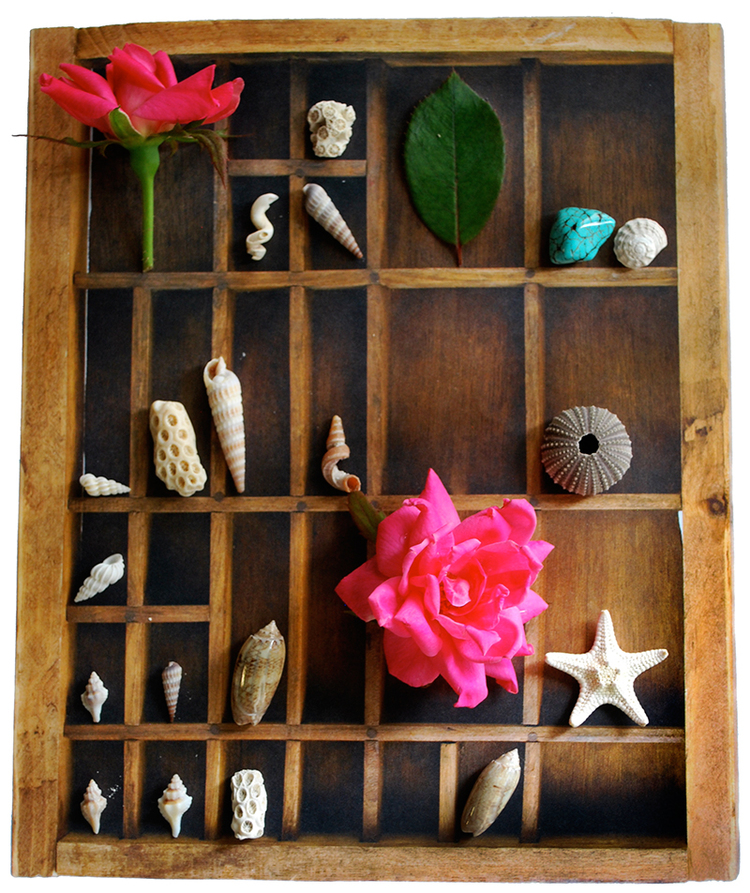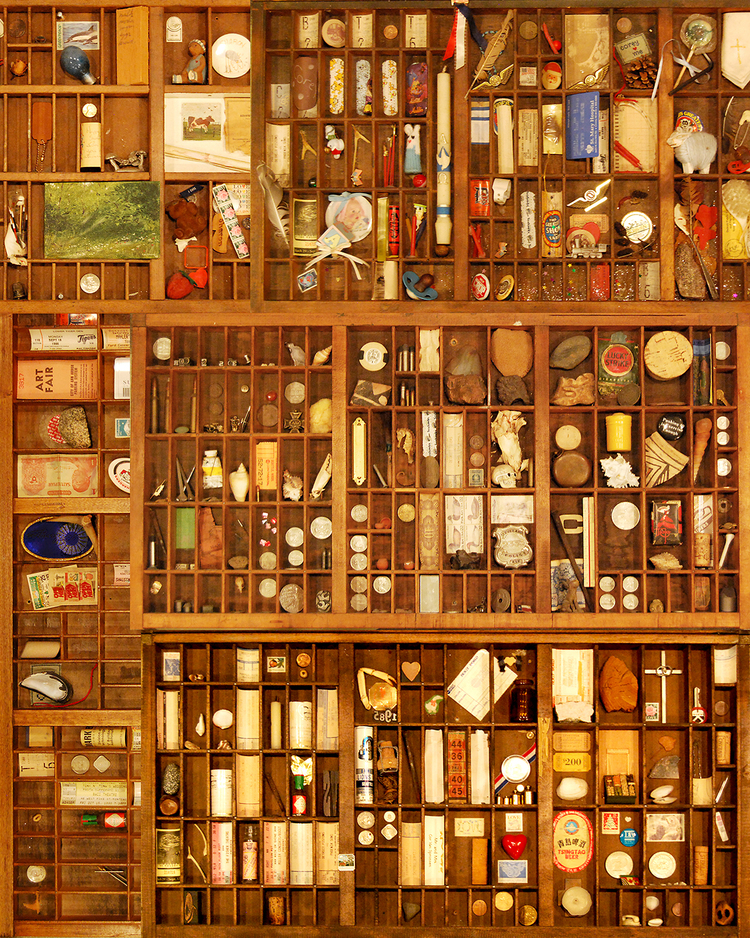 |
| http://dictionary.reference.com/browse/abecedary |
Even more ticklish is the pronunciation. I was trying to make it fancy--/ab-ced-ar-ee/--but no. If you look in the definition page there, and even click the video it is /ay-bee-see-duh-ree/. It truly is a word made from the first three letters of the alphabet. A-B-C-dary. I'm in love with this word (only slightly disappointed with the pronunciation not being fancy-pants).
Then I realized that my new favorite magazine, UPPERCASE (see here and here for my posts extolling the virtues of this magazine), has and abecedary in the newest issue as well. I'm using my context clues here and am thinking there may be one each issue? Sweet! I loved the one on sticky things last issue, and this one is just as amazing.
Mentor Text Idea #1: I referred to this here, but using the ABC structure to present or review concepts has been around for ever and a day. These UPPERCASE Abecedaries remind me that we can stretch the learning within that structure. Reach for a series words that stretches the subject in all directions. Challenge students to add new learning and show creativity within the 26-letter structure. The structure of the alphabet can serve as a jumping-off point for any grade level to develop and create a series or theme. As early as TK or Kinder, students can use them to create meaning about other topics. A 5-year-old friend of mine once spent an evening designing an alphabet book of things you'd find in a school. At first he was just imagining how the letters would be made. For instance, the letter A could come from swingset and the letter N could be from part of the monkey bars. As he created though, he decided the letters had to somehow include the letter it formed. The letter B became "Boys playing on the monkey bars" and the letter P was formed from pencil shavings. This could be done in table groups or pairs at any grade level! My 5-year-old-friend fell asleep taht day designing and redesigning his "The ABCs of Schools" book (we had already made an ABCs of Dinosaiurs book).
Later in the issue they share a variety of alphabets inspired by office supplies. Here are a few. You'll have to get the magazine for the rest, or go to their website and have a looksee:
Mentor Text Idea #1: I referred to this here, but using the ABC structure to present or review concepts has been around for ever and a day. These UPPERCASE Abecedaries remind me that we can stretch the learning within that structure. Reach for a series words that stretches the subject in all directions. Challenge students to add new learning and show creativity within the 26-letter structure. The structure of the alphabet can serve as a jumping-off point for any grade level to develop and create a series or theme. As early as TK or Kinder, students can use them to create meaning about other topics. A 5-year-old friend of mine once spent an evening designing an alphabet book of things you'd find in a school. At first he was just imagining how the letters would be made. For instance, the letter A could come from swing set and the letter N could be from part of the monkey bars. As he created though, he decided the letters had to somehow include the letter it formed. The letter B became "Boys playing on the monkey bars" and the letter P was formed from pencil shavings. This could be done in table groups or pairs at any grade level! My 5-year-old-friend fell asleep that day designing and redesigning his "The ABCs of Schools" book (we had already made an ABCs of Dinosaurs book).
As if this wasn't enough, let's add some technology! I saw a post on Edutopia with short videos using the ABC's.
Here are a couple of my favorites:
Mentor Text Idea #2: Videos like these could be made by students. Even if your classroom doesn't have 1:1 technology, creating a video like this takes many participants, planning, and very little actual technology (one smart phone to take the photos would be enough if that's all you have). Maybe take aminute and imagine a project like that. How could you extend student thinking about a topic, their skills with technology, and their collaboartive skills? My head is spnning just thinking about it!


















































